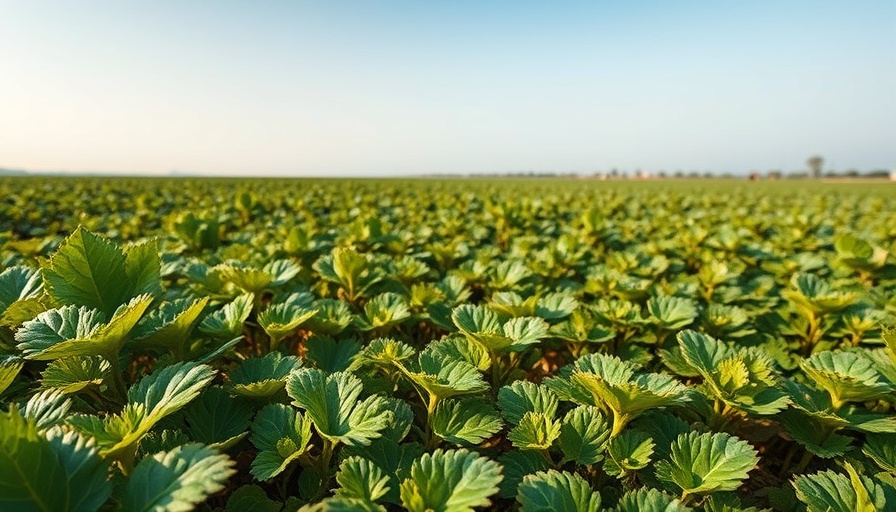
Record Growth of Potato Cultivation in Germany
For the first time ever, the area dedicated to potato cultivation in Germany has exceeded 300,000 hectares, according to the latest figures from the German statistical office, Destatis. This year's total reaches 301,000 hectares, a significant increase from 282,000 hectares last year, marking a growth rate of 6.7%. Since 2021, the agricultural area for potato crops has increased by 43,000 hectares, reflecting a robust expansion of the sector.
Interestingly, the area allotted for starch potatoes has actually decreased by 4,000 hectares since 2021. However, there has been notable growth in the segments dedicated to consumption and fry potatoes. Regional data varies, with Bavaria seeing a surprising increase of 13% (an additional 4,700 hectares), contrary to earlier predictions of a decline.
Regional Insights and Variability
The increasing potato area varies significantly by state. In Lower Saxony, the growth was only 4.7% (6,300 hectares), less than expected, while North Rhine-Westphalia exceeded forecasts with a rise of 6.7% (3,000 hectares). This diverse regional performance underlines the dynamic nature of agricultural trends across Germany.
Driving Factors Behind the Expansion
The growth in potato cultivation is not limited to Germany. Across North-Western Europe, the North-Western European Potato Growers (NEPG) project an overall increase in potato areas in the Netherlands, Belgium, Germany, and France of about 5%. This suggests a collective growth pattern, where a total of nearly 25,000 hectares more potatoes will be cultivated than in previous years. Enhancements in processing capacity in Belgium and France are believed to play a pivotal role in this expansion.
Furthermore, the increase in consumption potato cultivation in the Netherlands is particularly striking, with data indicating that this year's crop area is up by 8.6%, bringing it to 83,100 hectares—the largest since 2000.
Implications for the Agricultural Sector
This sustained growth in potato acreage holds considerable implications for agrarians and the agricultural economy in general. As consumer demand for potatoes, particularly in processed forms, remains strong, investments in farming technology and processing capabilities will be crucial. The enhancements in production efficiency may also lead to increased profitability, data shows. However, increased cultivation comes with its own set of challenges, such as ensuring sustainable practices and managing the economic impact of fluctuating market demands.
Final Thoughts: The Future of Potato Cultivation
As potato cultivation continues to rise, agrarians should consider various strategies to adapt to these changes. Understanding market trends, investing in efficient agricultural practices, and staying informed about regional variations can help farmers effectively navigate this evolving landscape. The prospects look promising, but proactive measures will be essential in ensuring that this trend fosters resilience and sustainability in the sector.
 Rij toevoegen
Rij toevoegen






Write A Comment